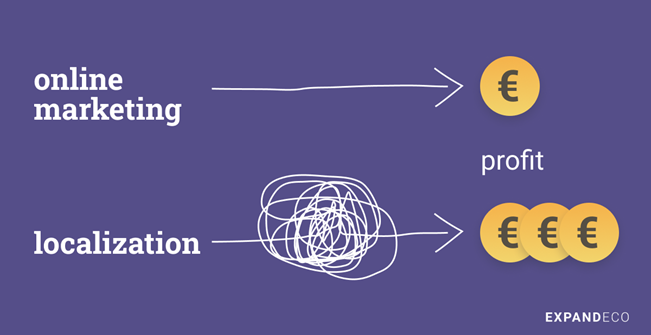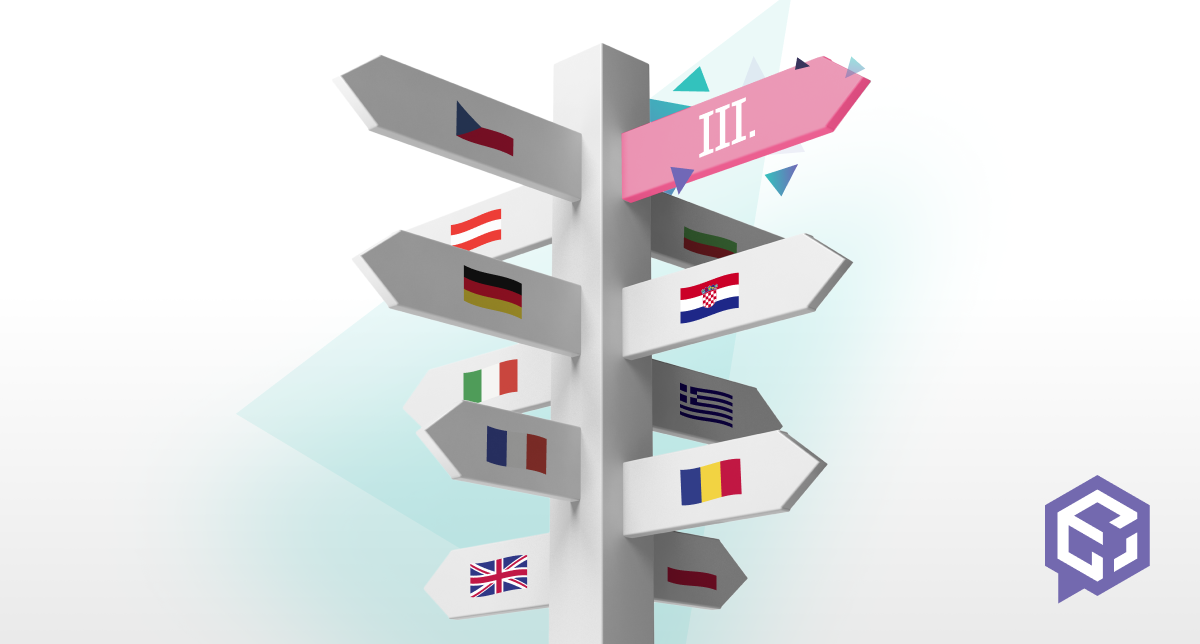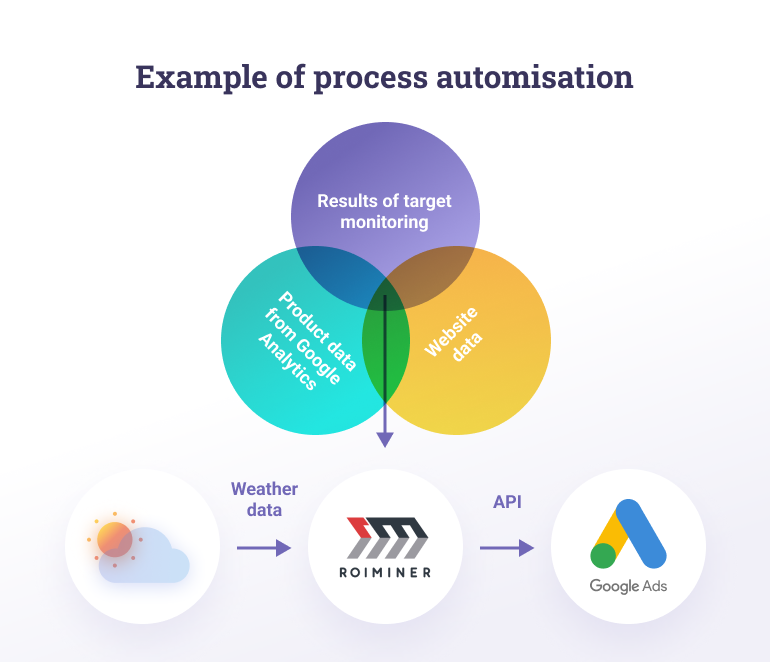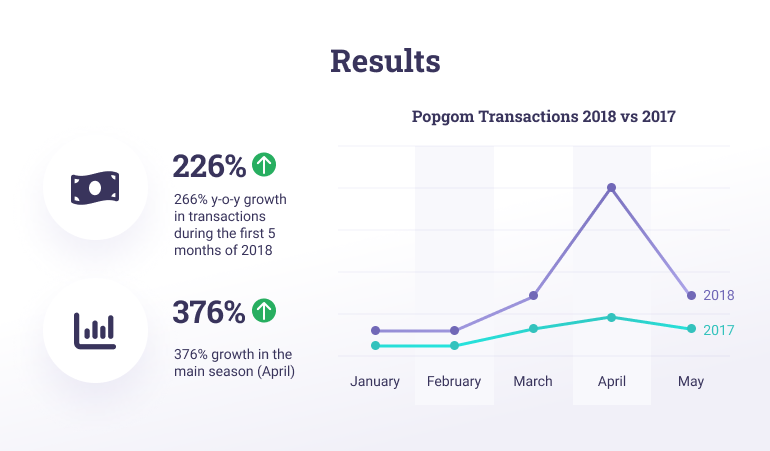Communication strategy on social networks


"A bad product with great marketing works better than a great product with bad marketing," Blueglue.
From a marketing perspective, social media can be seen as an investment. Initially, they cost money and energy, but if we set the strategy right and are patient, the worries turn into joys over time and start generating returns. In our country, Facebook (all ages, covers all needs of digital users), LinkedIn (primarily for business purposes) and Instagram (visual, younger audience) are particularly popular.
One of the most effective ways to increase engagement on these platforms is through video content, which consistently outperforms static posts in terms of reach and conversions. Short-form videos, tutorials, behind-the-scenes clips, or engaging storytelling can help brands stand out in crowded feeds. To make video creation more accessible, marketers can use tools like VEED.io, an intuitive online video editor that enables brands to produce high-quality content quickly and efficiently—without the need for advanced editing skills. With the right approach, video can turn social media into a powerful driver of brand growth.

Source: online video editor VEED.io
Social media is about people and therefore customer research is essential, bearing in mind that each market is specific, and each country has different customer behaviour.
"One market certainly does not equal all markets. We've seen really diametrically opposed behaviour with many clients, whether it was Czech Republic versus Slovakia versus Hungary," says Pavel Paradýs of Blueglue/Acomware, "as an example, we can look at the Netherlands versus the Czech Republic. The Netherlands is a cycling superpower and people’s primary transport is the bicycle. If you offer an automotive product range to such a customer, you probably won't get much business. In the Czech Republic, on the other hand, there is an insane overuse of cars. If you offer a Czech customer a car accessory, you will certainly be more successful than in the Netherlands, where the customer would rather have disc brakes for his/her bicycle. It's really important to take the trouble to research the market." The advantage for advertisers is that Facebook knows too much personal information about users, which allows them to target advertising and tap into the consumer's subconscious and work with it further.
However, according to Paul, companies' expectations are often straightforward. The road to success doesn't have to be immediate. There is no need to give up quickly, it is important to plan the steps and define the goals correctly.
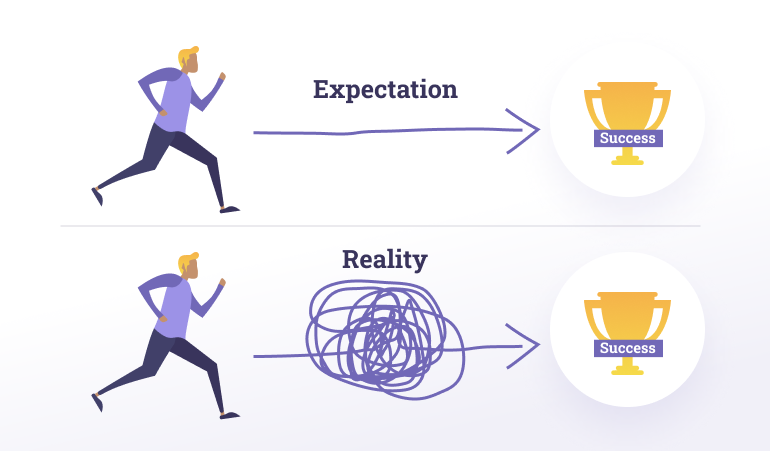
Source: Blueglue
